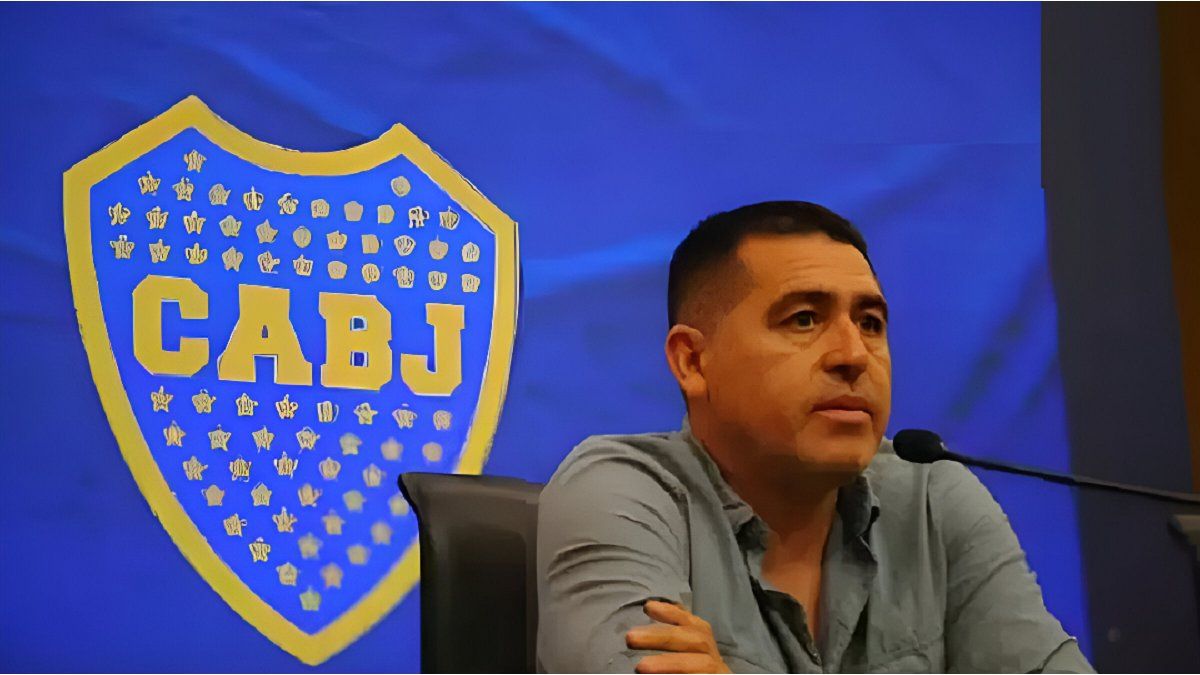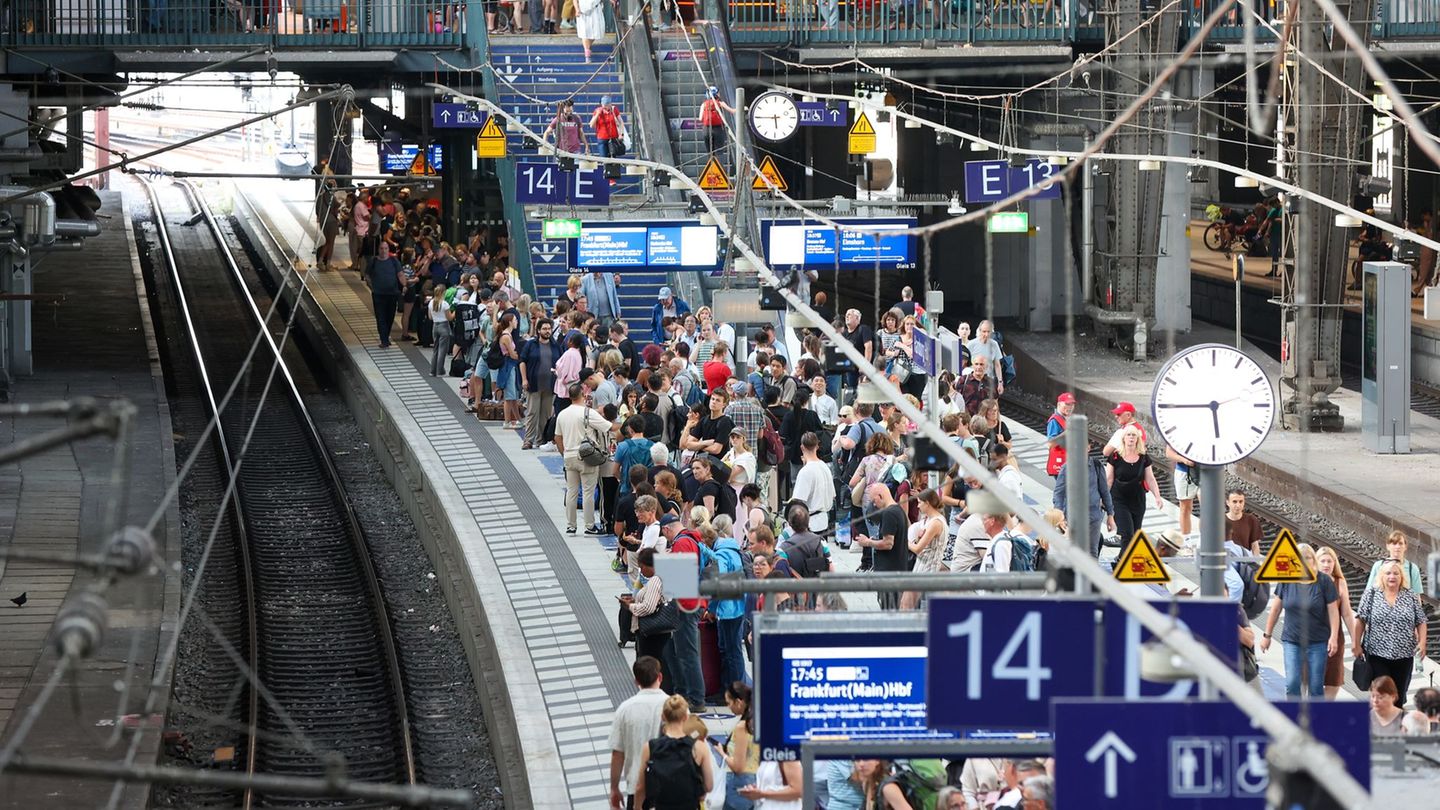March 23: Argentina’s “country risk” rating exceeds the 1,000 basis point barrier.
March 26 – 28: The risk of Argentine bonds is downgraded by the risk rating agencies Standard & Poor’s and Moody’s.
March 29: Under pressure from the government and reluctantly, Congress grants Cavallo special powers to drive the economy’s recovery.
April 2: The government announces that it managed to exceed by US $ 1 billion the fiscal deficit target that had been set for the first quarter of the year (US $ 2.1 billion).
April 2: The IMF supports the exchange system in force in Argentina since 1991; however, it reduces its growth forecast for 2001 from 2% to 1.0 / 1.5%.
April 24: Argentina offers investors to exchange bonds for new global papers payable in 2008, 2018 and 2031.
June 3: The government announces the result of its bond rescue plan in exchange for promissory notes and other financial instruments: US $ 29,477 million.
June 15: Cavallo announces a new measure to stimulate the economy: the “convergence factor” for foreign trade. This seeks to make exports cheaper and imports more expensive by linking the value of the dollar (equivalent to the peso) to the price of the European Community currency, the euro.
Source: own elaboration based on BBC, 12-20-2001, “Chronology of the De la Rúa years”
In this framework, the “second turn” of Domingo Cavallo begins with the zero deficit policy announcing at the beginning of July. Given that the “competitiveness plans” and the “new Cavallo” were not achieving much success in their project to reactivate the economy, and that the International Monetary Fund begins to send signals that it will not support debt swaps, the Minister of Economy turns towards fiscal orthodoxy. He had to recalculate, and give in to the demands of those who did not respond positively to the spirit of the first plan. It should be noted that President De la Rúa does not send clear signals or guide public opinion. Domingo Cavallo is in charge of communicating all movements of economic policy.
The Peronist opposition, after the “Banelco scandal”, had an ambivalent stance towards the government. He supported the “zero deficit” law, which had an interesting justification: according to Mora and Araujo, public opinion in qualitative studies “supported the measure” (personal communication, made at the time). The justicialismo, at times, seems to be the main support of the government: in the elections of October of that year, which he won, the Peronist candidates had more constructive messages than the official ones. Without going any further, in the city of Buenos Aires the Justicialista Party was represented by Daniel Scioli as the first deputy on the list that has Horacio Liendo (h), from Cavallo’s party, Action for the Republic, as senator.
This alliance between the PJ and cavallismo was called “Union for Buenos Aires”, and had the characteristic that it supported the Minister of Economy much more than the list of the Alliance, headed by former Chief of Staff Rodolfo Terragno, at this point almost an opponent. The Buenos Aires Peronism was now represented by Gustavo Béliz’s “New Leadership” party. And the until then aliancista Elisa Carrió, who had decided to break with her government after the appointment of Cavallo as minister – and, above all, after the vote of her special emergency powers in Congress – now formed a new party, the ARI, that had already been passed to the opposition.
What was happening in the supply of candidates for the City of Buenos Aires was an indicator of the serious political fragmentation that technocratization was causing. The outbreak of the Alliance, which had already occurred within the government, was now reaching the party system like an expansive wave. Alfonsinismo, Frepasismo, university radicalism and now Deputy Elisa Carrió were leaving the ruling party.
Carrió, although not a candidate, formed an electoral alliance with the Socialist Party and other center-left leaders from the Alliance who were disappointed in having Cavallo as their government minister. For them, Cavallo was not only a technocrat who had displaced them from the government. It was also the menemization of the Alliance. The reason for the coalition between the UCR and Frepaso, its progressive spirit, was the opposition to the government of Carlos Menem. And with the addition of its once star minister, the Alliance’s raison d’être was no longer available.
This division also occurred in the province of Buenos Aires. There Raúl Alfonsín, the most important leader of radicalism, did not dare to openly confront President De la Rúa, perhaps out of a sense of political prudence. But he did with Cavallo. One of the questions that had been raised was the possibility that the cavallismo would formally join the ruling Alliance. And both Federico Storani, the former Minister of the Interior, and Raúl Alfonsín, candidate for senator for the most important province, “flatly” refused to incorporate leaders of Domingo Cavallo’s party to the Alliance lists in that district. Alfonsín had threatened to renounce his candidacy for national senator if negotiations with cavallismo were opened.
The context of the reaction of the alfonsinistas was the apparent offer of Fernando de Santibañes-former head of the SIDE and political operator of Fernando de la Rúa-to the cavallista Alejandra Sturzenegger (councilor of La Plata for Action for the Republic) of the second place on the senators’ ballot that Alfonsín was going to lead. “I even prefer to stay in a flat, that the radicals vote only, before the Argentine people feel that we are linking ourselves with a right-wing expression,” Alfonsín declared then. Storani added, highlighting all the contradictions that were present there: “It is one thing to call it [a Cavallo] due to the economic emergency and another is to pretend that we share a number of values that make a body of ideology much stronger, as if to form common lists ”. The situation was especially confusing because Cavallo was negotiating, in parallel, with Duhalde for the incorporation of leaders of Action for the Republic in the Buenos Aires PJ list.
There were also cross claims in the Alianza deputies bloc, whose president was still the Frepasista Darío Alessandro. Frepaso had left the Executive but not the coalition, which had lasted since Congress. But it was a critical belonging, and it demanded return. While Alfonsín refused the formal incorporation of cavallismo into the government, Alessandro demanded the return of Frepaso to the cabinet: “El Frepaso is within the Alliance and is betting that the Government will do well, but it must have a greater presence in the Government , not to occupy an armchair but so that his voice is heard and to have strength in the moment of decisions ”. The chronicles claimed that Frepaso wanted to join the government when Cavallo arrived, but could not agree on the position; At the end, the arrival of Francisco Cafiero is achieved, who will only last a few weeks.
The situation began to enter a phase of disjunction in November, after the electoral results and the evident party fragmentation that highlighted the political unsustainability of the government of Fernando De la Rúa. The restructuring of the public debt was ahead (swap of bonds for new global papers payable in 2008, 2018 and 2031) but there was feared a failure of this fundamental operation so that the country did not fall into default. Given the fear generated among international debt holders that the restructuring would be compulsory, as had been done with Argentine banks, De la Rúa announces that it will be “voluntary.” Meanwhile, country risk soared to 2,121bp basis points. The swap finally begins on November 1 and in a single day, the country risk rose 400 points, reaching over 2,500 basis points. Local banks and governors gave signs of support but nothing seemed to allay the fear of Argentina’s bankruptcy. It will continue tomorrow.
Professor of Postgraduate UBA and Master’s degrees in private universities. Master in International Economic Policy, Doctor in Political Science, author of 6 books. @PabloTigani
Source From: Ambito




